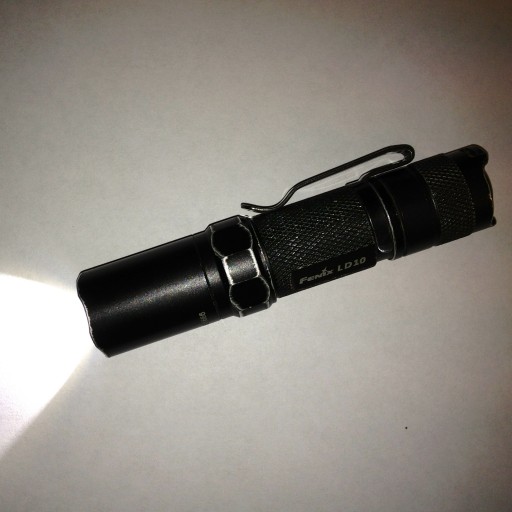It’s been some time since I had anything to do with fiber optic cabling, and my experience years ago was with Gigabit Ethernet over good old fashioned OM1 with no run greater than a few hundred feet. Back when I started with that, companies were just getting settled on 100Base-T for their LAN drops and there wasn’t yet any Cat6. Gigabit was something new and exciting.
So here I find myself years later looking to wire up my gun club for cameras, property-wide WiFi, and an access card system.
I know I’ll get people who will say “microwaves!” but we have large berms separating parts of the property, and I’d have to trench a good bit of new cable and clear a good bit of brush to get a clean line of sight to the places I need to go. Plus, I like wires. You can’t jam wires. I don’t have to worry about clearing and maintaining brush with wires. I can also get full GigE speed with wires.
The convention wisdom has been, and if you search the Internet still seems to be: “Multimode for short distances, and single mode for long distances.” Why? Well, cost, and MM is easier to terminate and more tolerant of poor field terminations.
As best as I can tell, the cost difference between a good quality OM3 or OM4 multimode fiber and OS2 single-mode fiber is trivial. Additionally, the SFP transceivers for 1000Base-SX and 1000Base-LX are not terribly different from the vendor I’m looking at. I’m also not planning to do any field terminations: there are plenty of vendors who sell pre-terminated fiber, and I was careful to measure the obsolete or non-functioning copper cables I pulled out of all the runs.
My question to anyone out there who’s well-versed and current with fiber: why would anyone use multi-mode fiber for campus length runs when there’s little price difference? Keep in mind I have a few runs that push the limits of multi-mode fiber at 1Gb/sec (550m) and would be right on the very edge with OM4 multi-mode fiber for 10Gb/sec (400m). So why not use single-mode? I can go 10km with single-mode, and 10Gb/sec is no problem. Am I missing something? It seems that maybe multi-mode has advantages if you’re looking to do field terminations, but the price advantage it might have once had isn’t’ really there anymore.
Addendum question: There are a handful of vendors out there selling pre-terminated cables. Price differences seem to be substantial. Are there any vendors to prefer? To avoid?

 I’ve been very intrigued by
I’ve been very intrigued by 
